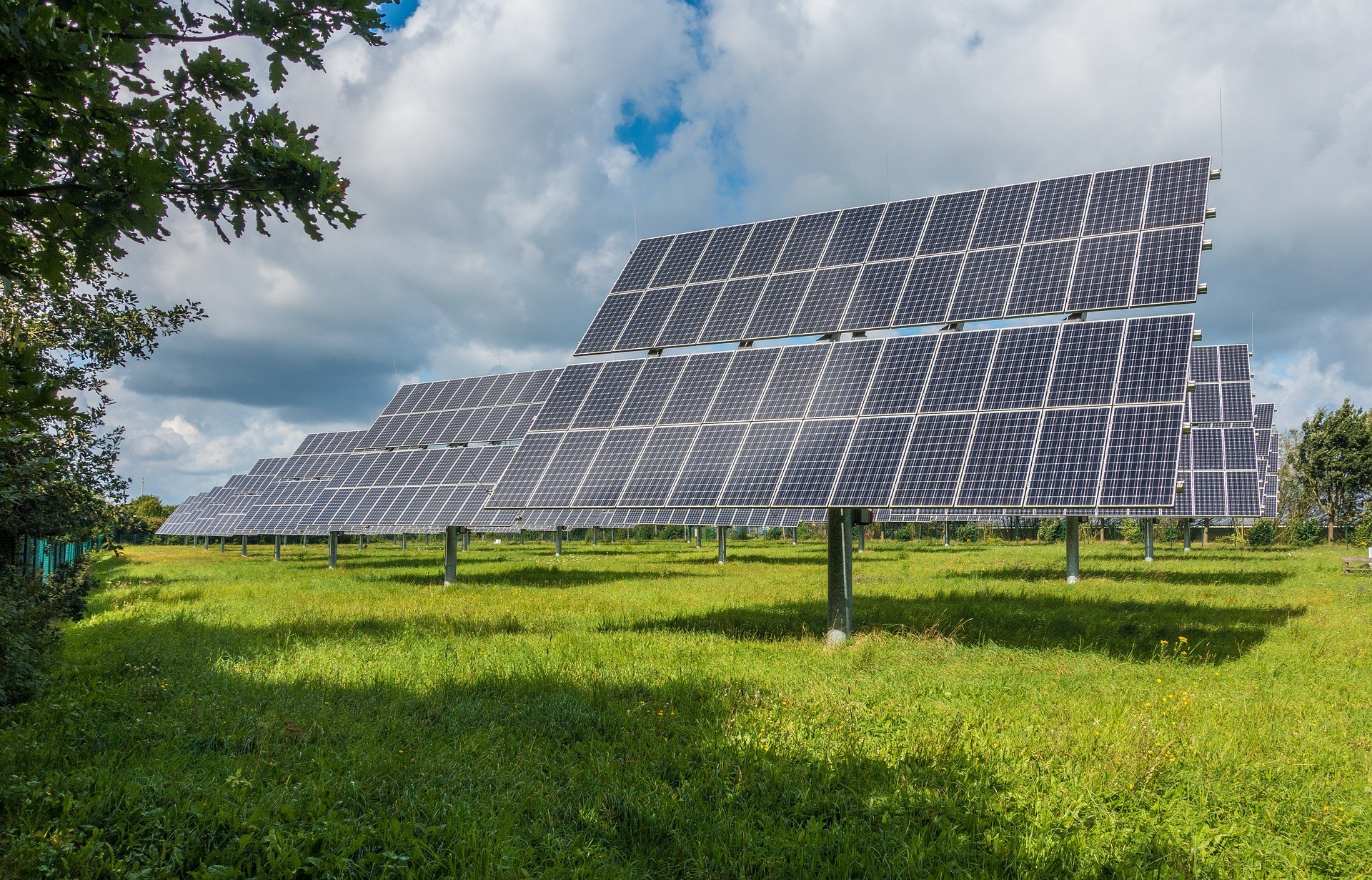Budget 2023: What is in it for the Renewable Industry
On February 1, 2023, the Union Finance Minister, Nirmala Sitharaman announced the Union Budget 2023 for the year that allocated Rs. 10,222 crores towards the renewable industry sector. This is a 48% increase from the last year’s allocation, which was Rs. 6900.68 crores and 45.3% over the revised estimate of 7,033 crores. The green growth is an effort to strengthen India’s lead in mitigating the global climate crisis and promote the clean energy transition.
Is the budget allocation sufficient for the renewable energy sector?
The Ministry of Petroleum and Natural Gas has been allocated Rs. 41,007.72 crore, which is 26% of the MNRE budget for 2023. However, the Ministry of New and Renewable Energy budget is only 2.2% of the MNRE budget. As for all union budgets, funds are allocated to different ministries and sectors based on various factors such as the government’s priorities, economic conditions, and developmental needs. For the renewable energy sector, this meager allocation is inconsistent with India’s Nationally Determined Contributions to address and combat climate change, which includes the country’s pledge to reduce the emissions intensity of its GDP by 45% by 2030.
Green growth is now one of the seven priorities of the Indian government
While announcing the Union Budget 2023, Nirmala Sitharaman pointed out the seven priority sectors for the government which include infrastructure, investment, green growth, and financial industry. The Finance Minister further pointed out the various initiatives of green fuel, green energy, green farming, green mobility, green buildings, green equipment, and policies being implemented for promoting India’s net zero viability. Subsequently, all these programs would help reduce the carbon intensity of the economy and provide large-scale green job opportunities.
This budget allocation comes at a time when India needs to aggressively follow its target to have an installed capacity of 500GW of renewable energy by 2030, out of which solar energy accounts for 280 GW.
India’s renewable energy initiatives to drive the growth of the industry

The government has allocated India’s Green Hydrogen Mission with 297 crores in the budget approved on January 4, 2023, with an initial outlay of 19,744 crores of which 17,490 cores will be used as incentives for producing green hydrogen and manufacturing electrolyzes. Across the world, the Indian government has taken control of India’s decarbonisation journey, recognised the importance of energy transition, and enabled a conducive environment for green energy. The Union Budget 2023 has further accelerated this step in multiple directions to incentivise wind power production and develop resilient financial models for solar energy.
India strengthens its position and plans to take lead in fighting climate change
Since Narendra Modi took hold of the country, there has been an attentive direction toward the renewable energy sector. Their support for domestic manufacturing through production-linked incentive (PLI) schemes, strengthened their green hydrogen policy and allocated greater funding for energy-driven initiatives.
Recently, India led the presidency of the G20 summit, where it pitched the ‘Green Development Pact’, prioritising its climate agenda.
The enforcement of the sovereign green bonds is also a step towards climate action control, announced in the Union Budget 2022 to achieve the carbon neutrality target by 2070. This would attract private sector capital to further improve the green or climate financing required by manufacturers.
India’s Atmanirbhar scheme has also led to a 19,000 crore production-linked incentive (PLI) scheme for the manufacturing of solar modules in the Union Budget 2022. This will further boost the indigenous solar manufacturing program and provide financial support to the solar and wind industry. However, experts say that the renewable energy sector still suffers from viability gap funding (a scheme that provides capital support to public-private partnership projects, otherwise not financially viable) that would further help the innovation of the sector.
What is expected from the domestic solar manufacturing energy segment
For the solar energy sector, it is crucial to address the demand and supply gap in hardware manufacturing, mainly due to the low internal fulfilling capabilities. A viable solution is to reduce import duties while decreasing production-linked incentives as domestic manufacturing power scales up.
On a bright note, compared to the previous years, this year the MNRE has received a significant boost, especially towards the off-grid solar projects. Phase III of the off-grid solar Photo Voltaic program aims to install 0.3 million solar street lights, distribute 2.5 million solar study lamps, and install solar power packs with a total aggregated capacity of 100 megawatts. This initiative is a continuation of the government’s efforts to promote renewable energy sources and increase access to electricity in remote areas. The Atal Jyoti Yojana (AJAY) Phase-II is another project included in the budget that aims to install over three lakh solar street lights.
Additionally, the government plans to undertake 20-megawatt projects of Concentrated Solar Thermal, which is another technology that utilizes solar energy to generate power. Overall, the government’s emphasis on off-grid solar projects and the promotion of renewable energy sources is a positive step towards addressing the energy needs of the country and reducing its carbon footprint.






